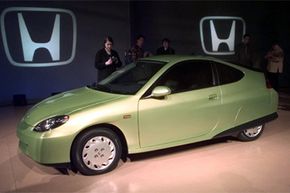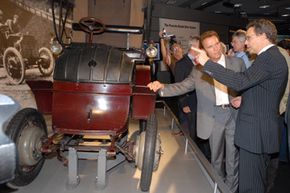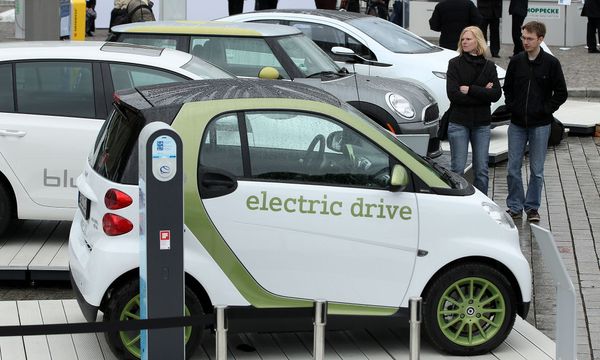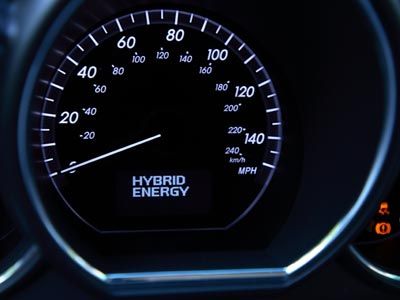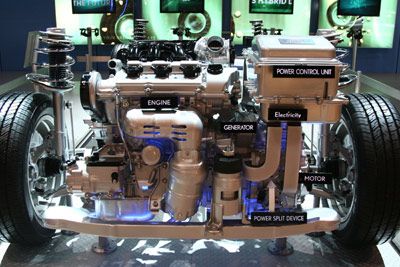Generally speaking, a hybrid car is any car that uses more than one fuel source. Nowadays, however, we mainly use the term to describe cars that combine a gas-fueled internal combustion engine with a battery-driven electric motor. Until the early 1990s such hybrid electric vehicles (or HEVs) were relatively rare, but the success of the Toyota Priusraised public awareness of these gas-saving vehicles and spawned a number of similar cars from manufacturers such as Honda (the Honda Insight) and Ford (the Ford Fusion Hybrid). Fuel-efficient vehicles are a rapidly growing segment within the auto industry and help us achieve the ideal of green driving.
In the late 19th and very early 20th centuries, back when the idea that cars must run on gasoline wasn't yet set in stone, inventors tinkered with a number of ways in which automobiles could be powered — including electricity, fossil fuels, steam and combinations of these things. The history of hybrid electric vehicles, however, began shortly after the dawn of the 20th century. Here are some of the highlights of that history:
Advertisement
1900: The Lohner-Porsche Elektromobil makes its debut at the Paris Exposition. Although initially a purely electric vehicle, designer Ferdinand Porsche added an internal combustion engine to recharge the batteries, making it the first hybrid electric vehicle.
1916: Woods Motor Vehicle Company introduces the Woods Dual Power, a hybrid electric vehicle with a 4-cylinder internal combustion engine. The Dual Power had a top speed of around 35 mph (56.3 k/ph). It was not a success.
1968:General Motors develops the GM XP 512, an experimental vehicle that can run on electricity at low speeds and gasoline at high speeds.
1973:Electrical engineer Victor Wouk builds a prototype HEV based on the 1972 Buick Skylark. When the United States Environmental Protection Agency decided not to invest in the vehicle's further development, Wouk ran out of money and abandoned the project.
1989: Audi demonstrates the experimental Audi Duo. It combines a 12-horsepower electric motor with a 139-horsepower internal combustion engine. Audi develops further generations of the Duo over much of the following decade.
1997: In response to a challenge from Executive Vice President Akihiro Wadi to develop more fuel-efficient vehicles, Toyota introduces the Prius and begins marketing it in Japan.
1999: Honda introduces the Insight.
2000: Toyota begins marketing the Prius (as a 2001 model) in the United States.
2002: Hybrids start to become fairly common in the marketplace. Honda introduces the Accord Hybrid. Many more hybrid cars follow over the next few years.
2004: Ford introduces the first hybrid SUV, the 2005 Ford Escape.
On the next page, we'll take a closer look at the very first hybrid car, the Lohner-Porsche Elektromobil. This ingenious early motor vehicle shows that eco-friendly driving isn't just a modern concept.
Advertisement
